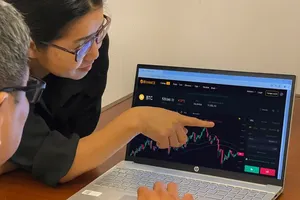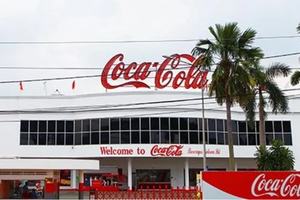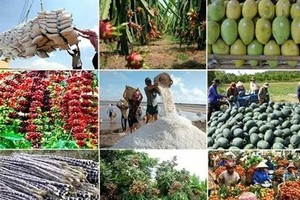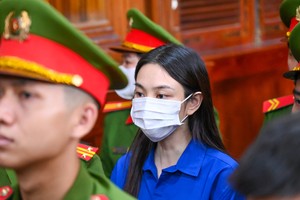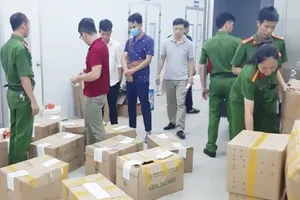In response to the recent dismantling of a counterfeit powdered milk production and distribution ring involving Rance Pharma International Pharmaceutical JSC and Hacofood Group JSC, the Ministry of Health has pledged to continue close coordination with the Ministry of Public Security to ensure legal grounds are firmly established for prosecuting all individuals and organizations involved. Numerous experts and regulatory officials have voiced strong support for strict penalties and proposed concrete measures to combat food safety violations and eliminate harmful, fraudulent products from the market.
Dr. Le Thuan Linh, MSc, Specialist Level 1 – Head of Clinical Nutrition and Dietetics, Thu Duc City Hospital (HCMC):
Counterfeit milk cannot be identified by sight alone
The long-term health consequences of consuming counterfeit powdered milk are both serious and unpredictable. Consumers may face a range of risks, including malnutrition due to deficiencies in energy, protein, vitamins, and minerals; or conversely, overweight and obesity from excess unsuitable nutrients paired with a lack of essential proteins or micronutrients. These products may also trigger unstable medical conditions. Contaminated milk powder can introduce harmful microorganisms, potentially causing diarrhea, gastrointestinal infections, acute enteritis, or in severe cases, sepsis, which may lead to shock and death.

In more alarming scenarios, counterfeit milk tainted with toxic chemicals—such as lead, melamine, or formaldehyde—can severely damage the liver, kidneys, and nervous system. Chronic exposure poses long-term health threats and, in pregnant women, may lead to fetal abnormalities.
It is virtually impossible to distinguish genuine from fake milk by sight alone. Currently, there are no reliable clinical tests to detect toxic exposure from these products in the human body. Therefore, for safety, consumers should prioritize well-known, reputable milk brands that have a long-standing presence on the market. Products should be purchased from authorized distributors, brand-name stores, or established retail centers, and not through vague sources such as unverified phone numbers, small neighborhood shops, or online platforms lacking clear identification.
Special care is advised for vulnerable groups, including pregnant women, children, and the elderly. They should consult a qualified nutritionist before using any nutritional products. For particularly sensitive cases—such as hospitalized patients or individuals with chronic conditions not yet stabilized—medical consultation is imperative to ensure that nutritional supplements are appropriate to their health status and specific medical needs.
Assoc. Prof. Dr. Nguyen Duy Thinh – Food Technology Expert, Former Lecturer at Hanoi University of Science and Technology:
Restoring consumer trust
Assoc. Prof. Dr. Nguyen Duy Thinh said he was deeply shocked when the counterfeit milk powder ring was uncovered and prosecuted by law enforcement. Thousands of consumers had purchased these products with the intention of improving their nutritional intake, only to be deceived with fake goods. Not only did these products offer no health benefits, but they also posed serious risks—an outrageous injustice to consumers.
In his view, this is more than just a case of unscrupulous profiteering; it constitutes a criminal act. These counterfeit products were clearly labeled for vulnerable groups such as individuals with diabetes, pregnant women, and premature infants—people in delicate health who are particularly susceptible to harm. Such deliberate fraud, driven by profit at any cost, must be met with the full force of the law.
That said, the case also raises troubling questions about regulatory oversight. How could such a large-scale counterfeit operation persist for four years without detection? This points to a serious lapse in the responsibilities of both central authorities and local administrations. The scope and severity of this scandal—affecting thousands of consumers—demand a transparent and resolute response. Failure to do so risks eroding public trust.
Furthermore, the incident exposes major gaps in the food safety regulatory framework. There is a lack of clear decentralization and delegation of authority, resulting in overlapping responsibilities. When problems arise, accountability is often diffuse or altogether absent.
National Assembly Deputy Pham Khanh Phong Lan:
Post-market surveillance is key
The counterfeit powdered milk products involved in the recent scandal are categorized as micronutrient-fortified supplements intended for patients. Under current regulations, these fall under the group of products that must be officially registered and declared. Depending on the product category, businesses are required to submit their product dossiers to either the Ministry of Health or a competent local authority. However, whether the product is self-declared or officially registered, post-market surveillance plays a critical role—it cannot be limited to a mere initial review of documents.
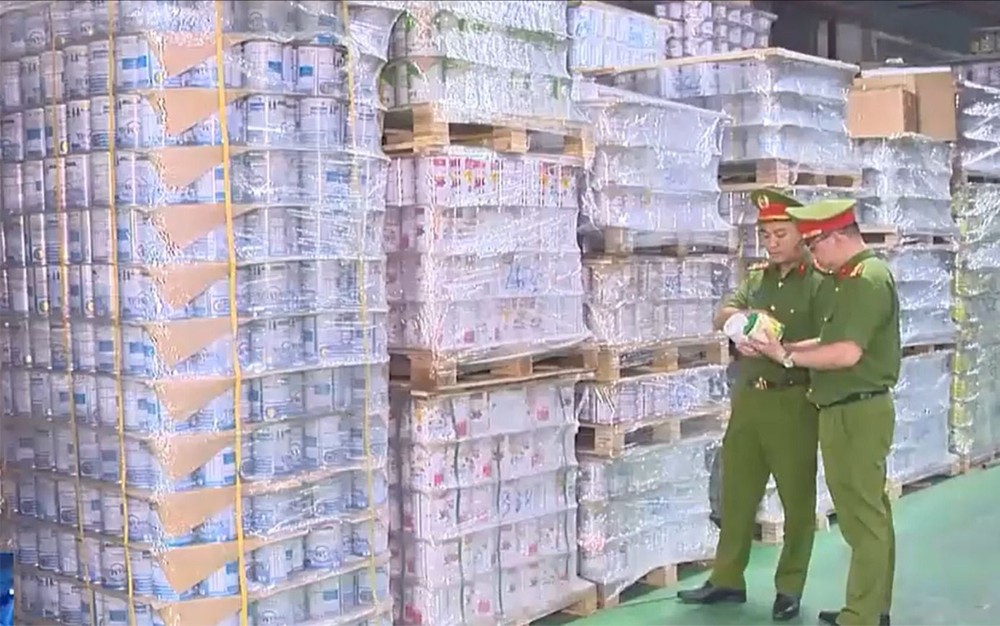
Take, for example, the food safety testing results that businesses must submit as part of their product declaration. In theory, it’s entirely possible for a company to submit a sample for testing that does not match the actual product in circulation—or to alter the production process after passing the test, resulting in inconsistent quality. In such cases, no matter how rigorous the initial assessment is, it becomes meaningless if the actual production fails to meet the same standards.
This is why post-market inspection—through a robust inspection and monitoring mechanism—is the most effective safeguard. Post-market surveillance is essential in overseeing the food production and distribution practices of businesses. Without comprehensive and accurate follow-up inspections, all regulatory efforts risk becoming futile.
Yet, post-market control currently faces major constraints, particularly in terms of human and material resources. The workload is immense and growing. For instance, in Ho Chi Minh City alone, there are nearly 300,000 registered and self-declared food products, representing a massive burden for inspection. Clearly, for surveillance to be effective, an appropriate mechanism must be established.
In fact, with such a vast number of products, there must be clear policies governing how inspection and oversight are conducted—how many inspectors are needed, what authority they have, and how funding for sample testing is allocated. These are critical questions of policy design, and the responsibility falls squarely on the relevant ministries and regulatory agencies.






